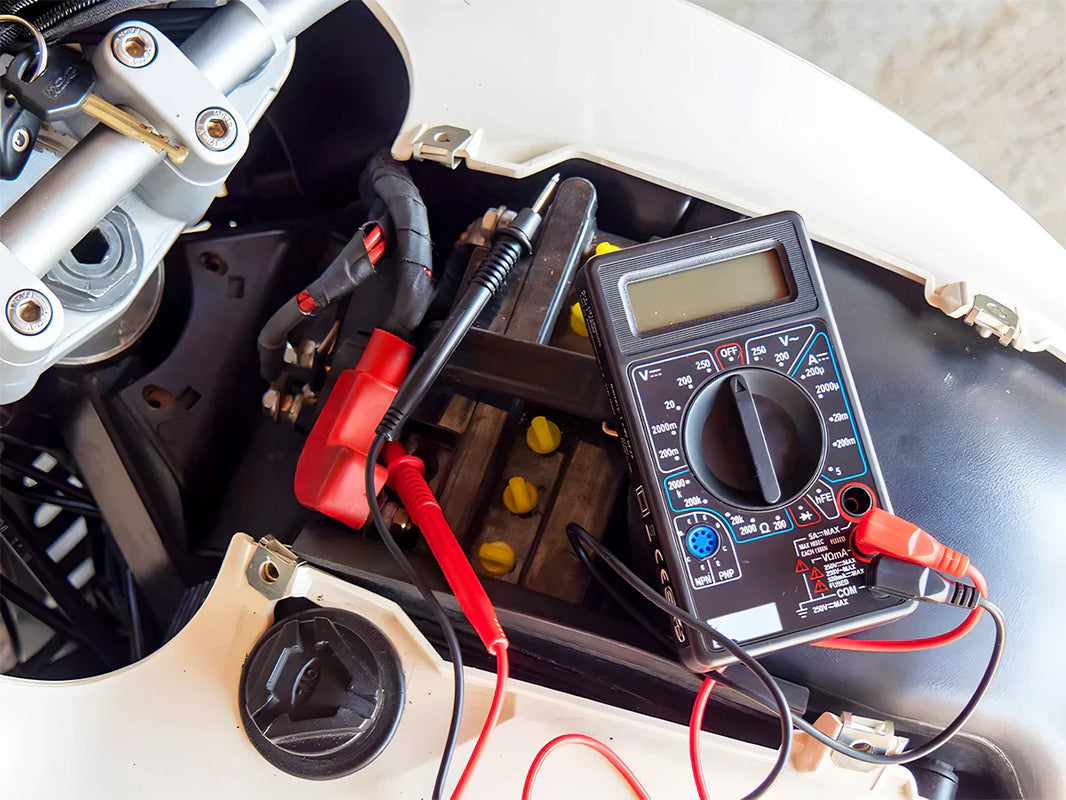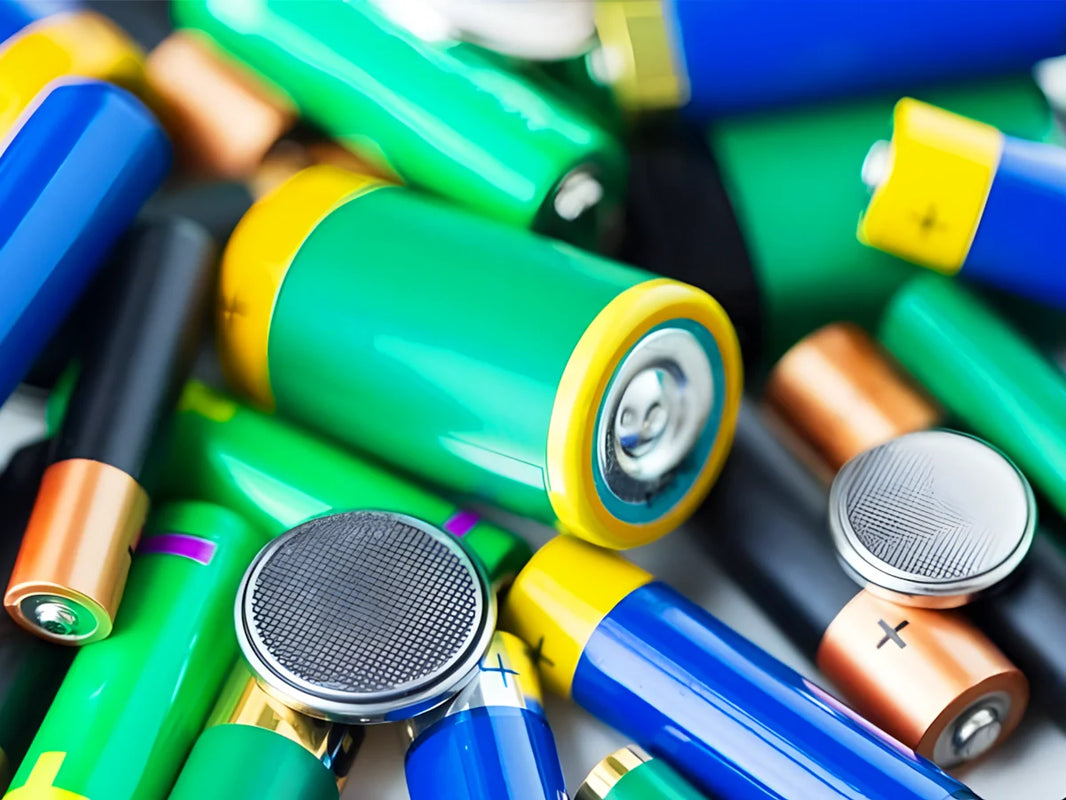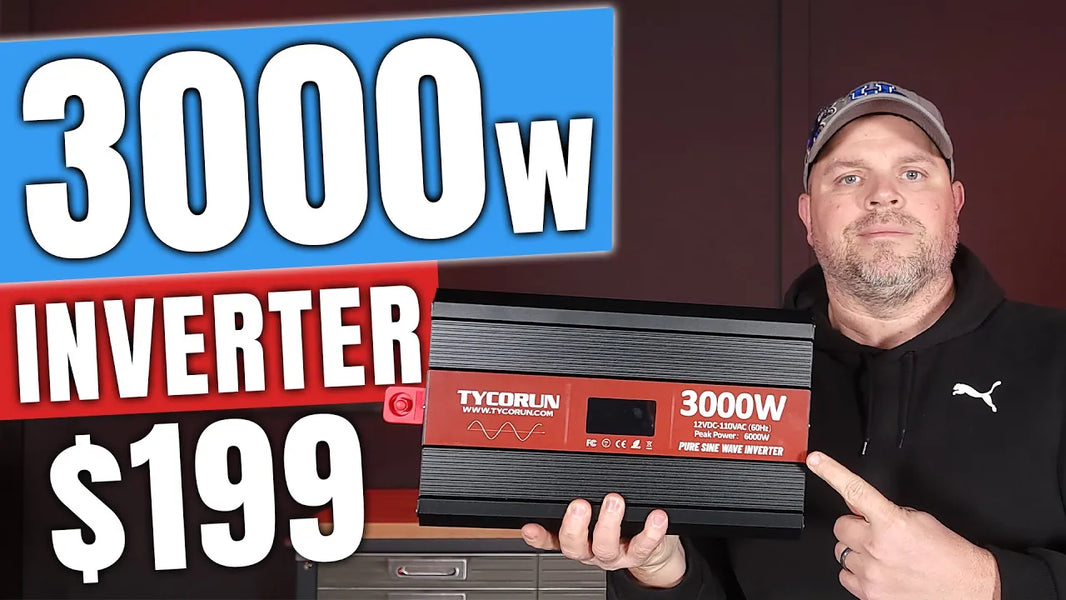
China has become the largest producer and consumer of the battery industry. According to the information provided by the China Chemical and Physical Power Supply Industry Association, the current output of batteries in mainland China has reached 10 billion, making it the world's top battery manufacturer.
The average annual output value of the industry exceeds US$4 billion. With the shrinking of nickel-cadmium batteries, battery requirements for mobile phones, digital cameras and game consoles, and the introduction of 3G mobile phone services, coupled with the increasing popularity of laptop computers, digital cameras and other personal digital electronic devices, the lithium-ion battery market The next few years will continue to maintain rapid growth, and the market potential is huge. The commercialization of lithium-ion batteries is developing rapidly. Lithium-ion batteries were first used in electronic products, including mobile phones, notebook computers, digital cameras, mobile DVDs, camcorders, MP3s, etc.
The sales and market share of lithium-ion batteries in electronic products have been expanding year by year, while the sales and market share of nickel-cadmium and nickel-hydrogen batteries have been decreasing year by year. Except for power tools, cordless phones, audio equipment and the 1.5V retail market, other fields have been basically occupied by lithium-ion batteries. With the improvement of the high-current charging and discharging performance of lithium-ion batteries, lithium-ion batteries will also expand their share in the field of cordless phones and power tools.

Development of various types of portable electronic devices from 1983 until 2018 illustrated by several representative products
At the same time, mobile phones are one of the most important application areas for lithium-ion batteries in electronic products. Taking mobile phones as an example, if an average mobile phone is equipped with 1.8 batteries, in 2005, 576 million batteries were needed, and the corresponding output value was RMB 17.424 billion. Mobile phone batteries are consumables, with a guaranteed cycle life of 300 to 500 times, which is much shorter than that of mobile phones. In addition, there are about 600 million mobile phones produced worldwide each year, and at least 600 million mobile phone batteries are needed, and annual sales can reach more than 20 billion yuan. Therefore, the market for lithium-ion batteries is not only huge but also long-term and stable, with great endurance and potential.
Secondly, laptop batteries are another big area of lithium-ion batteries in electronic products. The world's lithium-ion battery market demand reached 6.03 billion U.S. dollars in 2004, and the annual demand for notebook computer batteries reached 1.2 billion U.S. dollars; it is estimated that in the future, the global demand for laptop batteries will be between 90 million and 120 million, with an average annual growth rate of 15%. China's demand for lithium batteries will increase with the rapid growth of notebook computer production capacity. In 2005, the demand for lithium-ion batteries for notebook computers in Beijing alone was 700,000. In recent years, China’s annual demand for notebook computer batteries has exceeded 15 million, with an average annual growth rate of about 35%.
Due to the multi-functional application of 3G mobile phones and the trend of miniaturization and thinning of notebook computers, current potassium-ion batteries can no longer meet the requirements of these electrical appliances. Some commentators describe this as energy hunger. In order to meet these needs, lithium-ion battery manufacturers have been committed to increasing the volumetric capacity of the battery. Take the 18650 battery as an example. In 1995, the capacity was 1.3A·h, but in 2005, the capacity had reached 2.6A·h. With the development of lithium-ion battery cathode materials, Panasonic Corporation (MDI) announced in 2006 that it had successfully developed a 3.0A·h 18650 battery. In order to further increase the capacity, some manufacturers are currently developing 4.4V batteries and new negative electrode technology. It is estimated that the Si2C negative electrode will mature in the next 2-3 years, and there will be higher capacity batteries.
















